From Smart Homes to Smart Cities: The Profound Impact of the Internet of Things on Daily Life
At dawn, sunlight filters through the curtains, and a smart thermostat has already adjusted the room to a comfortable 22°C. In the kitchen, a connected coffee maker, attuned to your wake-up routine, brews a fragrant cup, while your phone pings with a message: the fridge has detected low milk levels and placed an order for a refill. This isn’t a scene from a sci-fi film—it’s the reality of the Internet of Things (IoT) weaving itself into modern life. According to Statista, by 2030, the number of connected devices worldwide will exceed 50 billion, signaling IoT’s relentless transformation of our daily existence.
At its core, IoT connects the physical and digital worlds through sensors, wireless networks, and data analytics. Its influence spans from the microcosm of smart homes to the macrocosm of smart cities, reshaping how we live, interact, and thrive. But what exactly does this technological revolution entail? How does it evolve from subtle conveniences in our homes to grand visions of urban transformation? This article delves into the profound impact of IoT on daily life, exploring its opportunities and the challenges it brings.
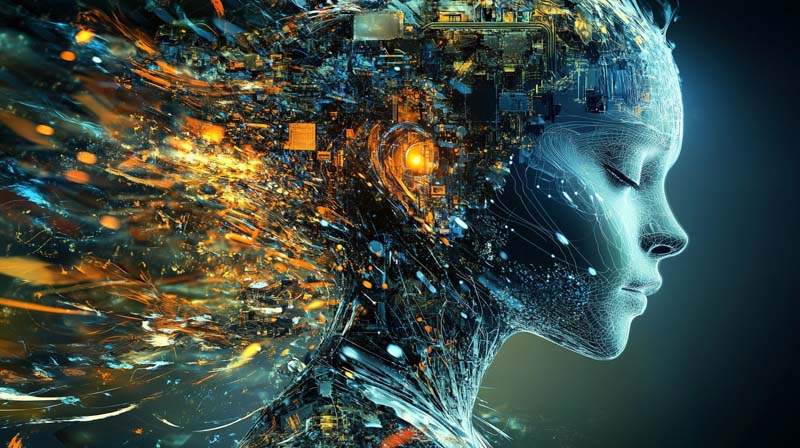
Smart Homes: A Revolution in Microcosms
IoT often begins at home. Step into a smart household, and lights brighten as you enter, curtains adjust to the weather, and even the washing machine runs during off-peak electricity hours. These conveniences stem from a network of interconnected devices working in harmony. Smart speakers like Amazon Echo don’t just play music—they control appliances via voice commands; smart locks and cameras ensure security is always within reach, manageable from your phone no matter where you are.
Take energy management as an example: Google’s Nest thermostat learns your habits to optimize heating and cooling, saving households 10-12% on energy costs annually. This intelligence not only enhances comfort but also fosters sustainable practices on a small scale. More profoundly, IoT reshapes family dynamics. Parents can remotely check on children via connected cameras, while the elderly stay linked to doctors through health monitors—technology blends warmth with precision.
Yet, this ease comes with a catch. Interconnectivity generates vast data—your routines, sleep patterns, and preferences, all stored in the cloud. This raises privacy concerns, prompting us to reconsider the boundaries between technology and personal life. As IoT’s entry point, smart homes foreshadow a broader transformation on the horizon.
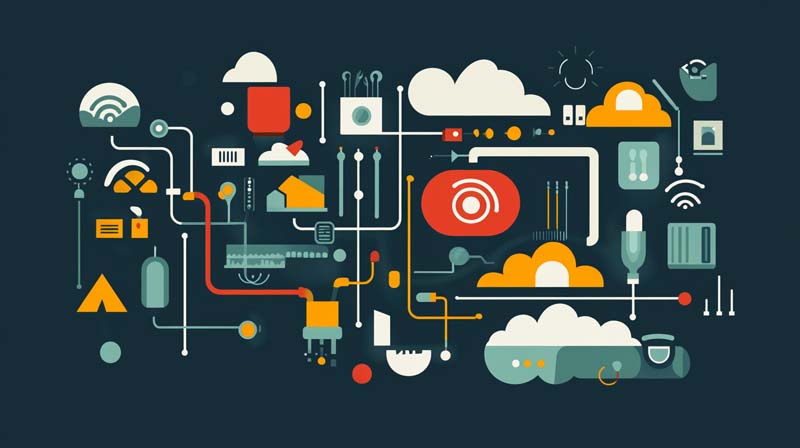
Smart Cities: A Transformation of Macrocosms
If smart homes are IoT’s testing ground, smart cities are its grand stage. In Singapore, intelligent traffic systems use citywide sensors to adjust traffic lights in real time, cutting peak-hour congestion by 15%. In China, Xiong’an New Area, a model “city of the future,” leverages IoT for smart grids, autonomous driving networks, and environmental monitoring. These examples illustrate how IoT transforms cities from static concrete jungles into dynamic, living entities.
The essence of smart cities lies in data flow and optimized decision-making. Connected trash bins signal when they need emptying, air quality sensors provide real-time pollution alerts, and in Copenhagen, smart streetlights dim or brighten based on foot traffic and weather, saving over 50% of electricity yearly. Such innovations elevate residents’ quality of life and offer new tools to combat climate change.
On a deeper level, IoT impacts social equity and resource allocation. It enables city planners to pinpoint needs—optimizing bus routes with traffic data or ensuring clean water in remote areas via water quality sensors. Yet, building smart cities demands hefty investment and widespread tech adoption, raising the question of how to bridge the “digital divide.” From smart homes to smart cities, IoT’s reach extends to every corner of society.
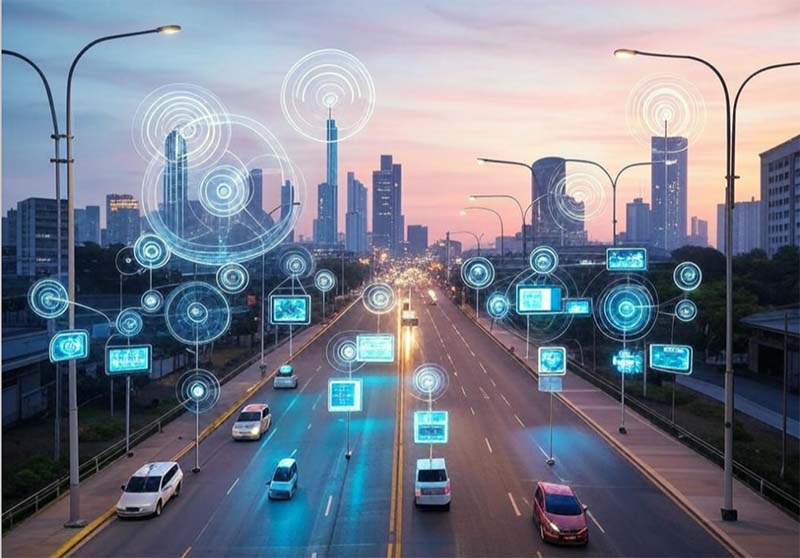
Technology-Driven Opportunities: Efficiency and Innovation
IoT’s power lies not just in connectivity but in the efficiency and innovation it unlocks. On a personal level, smartwatches like the Apple Watch, with heart rate monitoring and fall detection, have saved countless lives during medical emergencies. In industry, the Industrial Internet of Things (IIoT) predicts equipment failures—Boeing, for instance, has slashed aircraft maintenance costs by 20% using this approach. These gains stem from IoT’s ability to collect real-time data and analyze it intelligently.
The fusion of IoT with 5G and artificial intelligence amplifies its potential. 5G’s high-speed, low-latency networks enable seamless device communication, while AI extracts insights from massive datasets. For example, connected agricultural sensors predict optimal irrigation times based on soil moisture and weather, boosting crop yields. Gartner forecasts that by 2025, the global IoT market will surpass $1.6 trillion—a testament to the industries it’s reshaping.
This wave of innovation births new lifestyles. The sharing economy thrives on IoT—bike-sharing systems use location tech for precise scheduling, and autonomous delivery robots streamline takeout services. IoT doesn’t just enhance efficiency; it redefines our relationships with technology and society, heralding an era of universal connectivity.
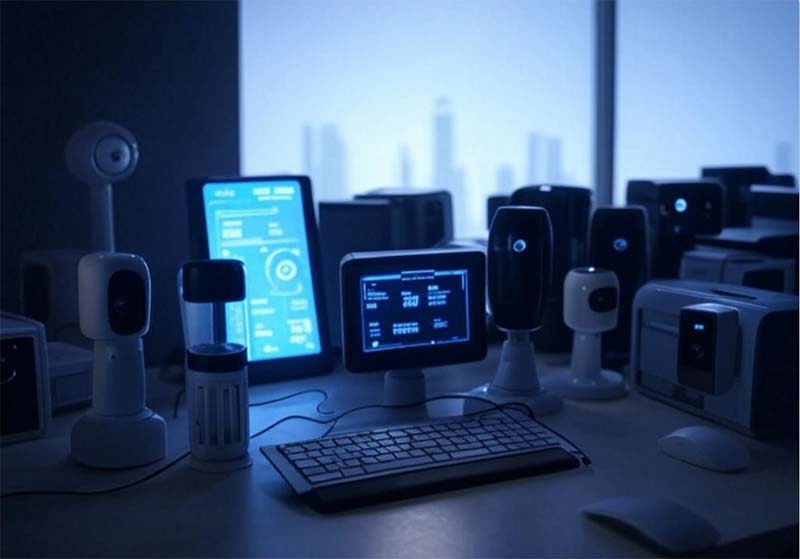
Concerns and Challenges: Privacy and Security
Yet, IoT’s brilliance casts shadows. In 2021, a hacked smart camera exposed private footage from thousands of homes, sparking global outrage. The interconnected nature of devices makes them vulnerable targets, and centralized data storage invites privacy breaches. Studies reveal that over 80% of IoT devices harbor security flaws—an alarming statistic.
Privacy issues are equally intricate. Smart homes log your routines, while smart cities track your movements—data that, in the wrong hands, could fuel commercial manipulation or societal surveillance. The European Union’s GDPR aims to curb data misuse, but technology often outpaces regulation.
Addressing these challenges demands collaboration. Technologically, stronger encryption and device authentication are urgent; socially, public awareness of data rights must rise. IoT’s future hinges on balancing convenience with security—a question not just of tech, but of ethics and values.
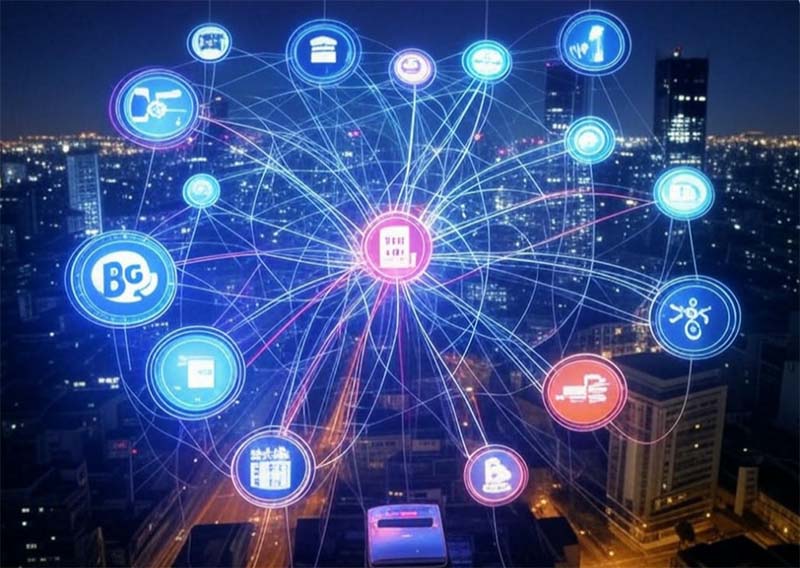
From the tender care of smart homes to the bold vision of smart cities, IoT is reshaping daily life with unstoppable momentum. It makes living easier, cities smarter, and societies more efficient, while posing critical questions of privacy and security. Looking ahead, as device numbers soar and technologies evolve, IoT may usher us into a “fully connected” world—every lamp at home, every car in the city a node in an intelligent web.
In this transformation, humanity is both beneficiary and arbiter. How we harness its benefits and navigate its complexities will shape IoT’s legacy. Companies like EELINK Communication exemplify this journey—a high-tech firm dedicated to applying wireless communication to IoT, with over 20 years of expertise in developing hardware and software. From remote temperature and humidity monitoring to cold chain logistics, their innovative solutions connect the world, delivering efficiency and reliability to clients. Their mission echoes IoT’s promise: linking everything through smart technology. The future is here, IoT’s impact is just beginning, and we all stand at the crest of this wave.
- Contact EELINK
 Globalsales@eelink.com.cn
Globalsales@eelink.com.cn tan3051_1
tan3051_1 +86 18218746415
+86 18218746415
- NEWSLETTER
- Getting the latest GPS devices news From Eelink.
- SUBSCRIBE